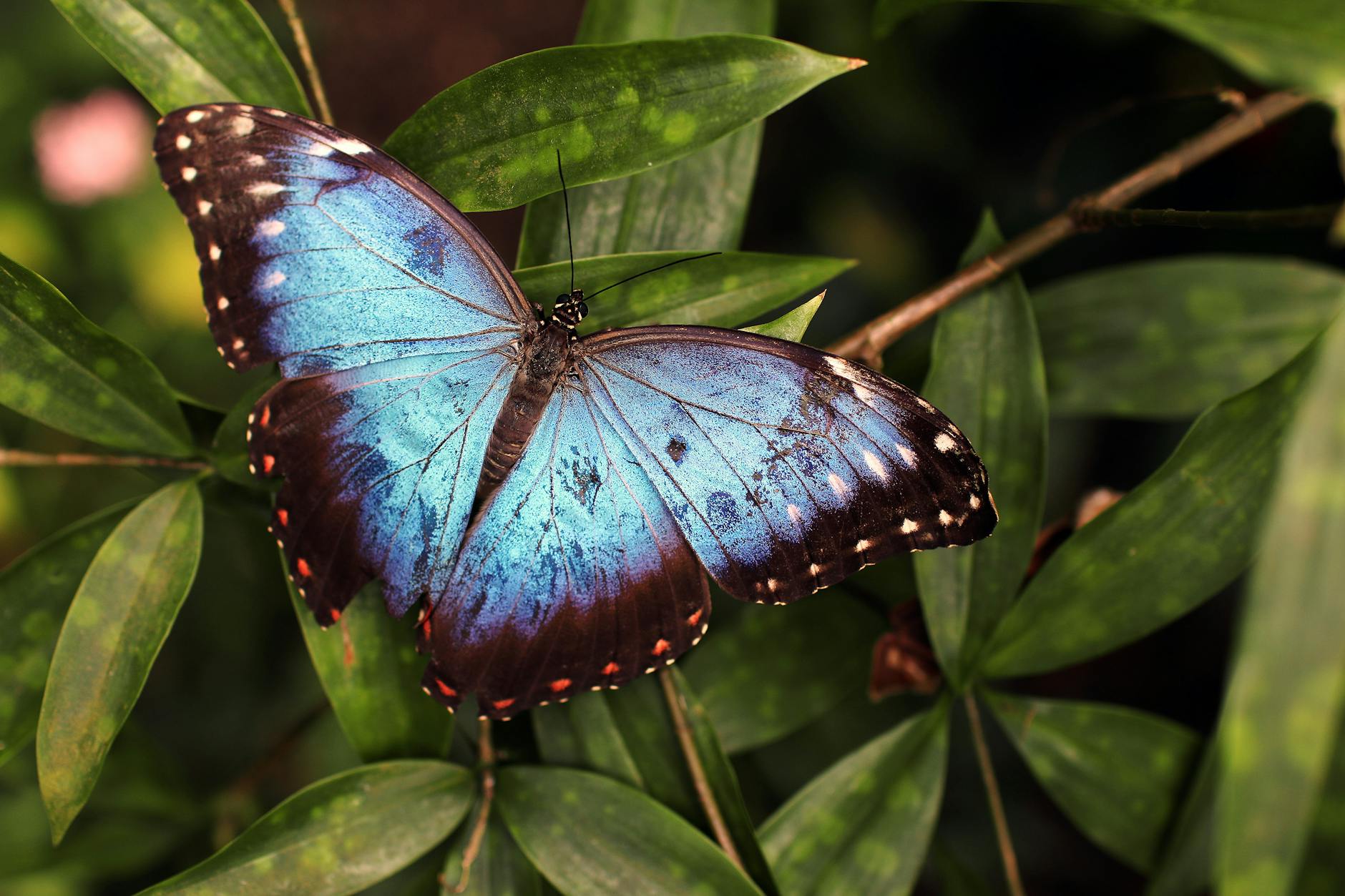
My first foray into gardening was when I was in my mid-thirties (c. the mid-aughts) and renting a little house in the town of Napa where the backyard — a tiny patch of grass bordered all around by beds — had obviously once been gardened but had long since “gone to seed,” as they say. The landlord was fine with me doing whatever I wanted and I had no idea what I was doing, but I was having a blast. I was at the local nurseries and chain stores first thing every Saturday morning, impulse-buying whatever plants wowed me, or that I had seen and fallen for in the gardening magazines I was hoarding at the time — trying things out, moving them around a lot (a LOT), going for a certain kooky, California desert-tropical look, which I felt pretty good about! One morning a year or two into this, our next-door neighbor, observing me over the fence from her second-story deck, said very politely, “Have you thought about using any native plants?”
I had no clue what that meant. And so began my research of and increasing dedication to the act of planting plants that belong where they’re planted; that are acclimated to the local soil and weather and thus need little to no human intervention in the form of water, fertilizer, pesticides, or soil amendments; and that are actively needed by the local birds, bees and butterflies — who literally give us life — among other creatures. In these last two decades, the native gardening movement has grown enormously (as the bee population has plummeted) — people organizing and teaching and campaigning about the harm we have collectively done with decades of poison-soaked lawns and raked-up leaves and landscape lighting, and how to bring back biodiversity, one pot or bed or yard at a time.
The little Hudson Valley house we moved to last year sits on a small, flat, treeless plot, carpeted with the thickest, greenest grass you’ve ever laid eyes on — seriously, everyone comments on it — due to the previous owner’s long, torrid love affair with lawn chemicals. For now, all we’re doing is not poisoning or watering it (it gets plenty from the sky). And we are planting trees! Two little flowering trees, so far. But I can’t wait to begin gradually giving every square inch back to nature.
In case you’re not already on board with a more natural approach to lawn care and gardening, as we head into peak season, I’ve rounded up some resources for you—
• Let Your Garden Grow Wild is a new TED Talk (just 12 mins!) by horticulturist Rebecca McMackin that is a really great introduction/primer/overview of the why of native gardening — and she does a great job of making the case that even if the only gardening you can do is a potted plant on your stoop, you can help the cause!
• Homegrown National Park, started by Doug Tallamy (who also came up here) is a whole world of resources in one — it’s well worth exploring the site and following along. 10 Things to Get You Started is a great place to start.
• This might seem odd when I’m talking about zeroing in on where you live, but I read a book a few years ago when I was making a garden in Florida called A Step-By-Step Guide to a Florida Native Yard that I would recommend to anyone anywhere. It’s not a very big book yet it addresses the hows and whys of every aspect of evolving a sterilized lawn back into a functioning ecosystem in a helpful framework. To the extent that specific plants are recommended here and there, which I don’t recall there even being much of, you’d simply adapt the principles to your location.
• Do a Google search for the Native Plant Society in your area, or check this list for state-by-state orgs in the US and home in from there. They’ll have native plant sales or swaps and learning opportunities of all kinds, as well as an online plant database you can consult for what’s native, recommended, and commercially available where you live. (What’s native to Oregon and Arizona is not the same! And not all native species are ideal garden plants.) Your state or area might also have an equivalent of Florida’s Florida-Friendly Plants list, which includes both natives and non-natives that are naturally suited to the soil and climate, and not invasive.
• The New York Times’ Margaret Roach writes routinely about native gardens and gardening in her In the Garden column, which I encourage you to poke around in. For instance, this article about replacements for turf grass (Gift Link) is full of inspiration and info.
• And of course look for plant nurseries in your area that specialize in native plants, or at least have an assortment grouped somewhere under that heading. Sign up for their mailing list and it’s sure to be a regular source of localized intel.
As you dig in, you’ll find everyone referencing, pointing to or conversing with others in the field, so it’s a perpetual joyful rabbit hole.
//
[ IMAGE: Butterfly photo by Ju00c9SHOOTS on Pexels.com ]